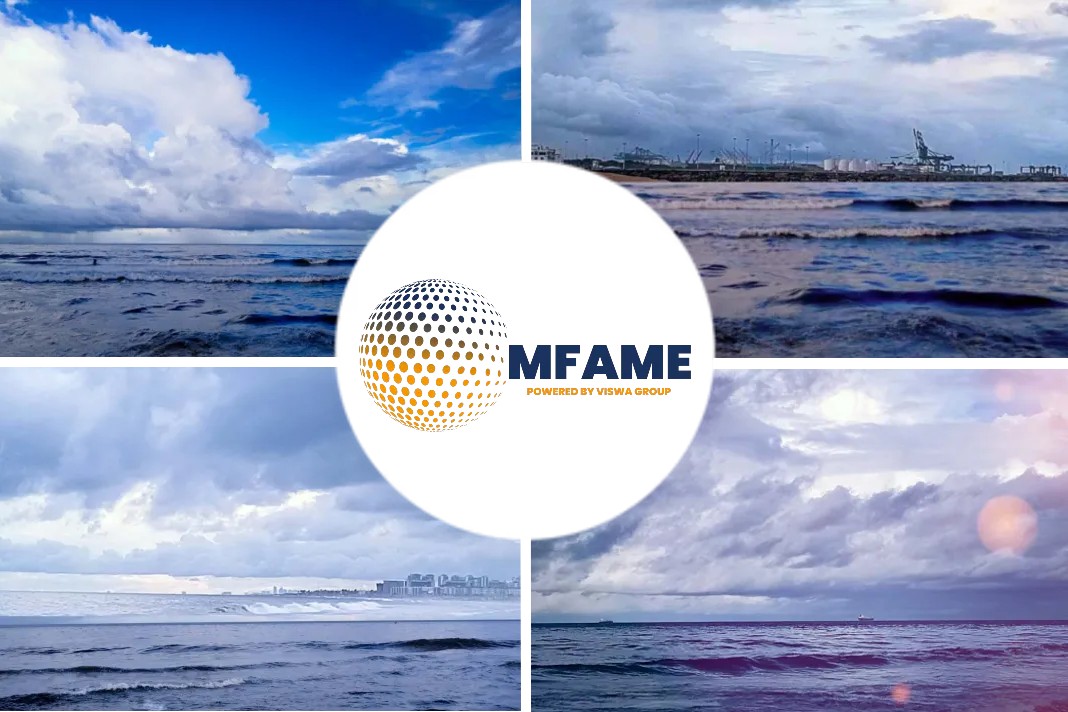
Before discovering Montevideo Maru’s last resting place, a specialised team of deep-sea professionals weathered the effects of a tropical hurricane, toiled away for hours in tedious study, and also experienced some incredibly lucky circumstances, as reported by ABC.
Japanese wreckage discovered
The Silentworld Foundation announced on Saturday that they have finally found the wreckage of a Japanese POW transport ship that sank over 80 years ago after being mistakenly torpedoed by a US submarine in the South China Sea. The discovery, just before Anzac Day, marks the end of a painful chapter in Australia’s history, with around 1,060 World War II prisoners losing their lives, including close to 980 Australian troops and civilians. The successful operation was the result of years of careful planning and a collaborative effort between experts in the field, according to retired Commodore Tim Brown, a 33-year navy veteran and former leader of the Australian Defence Force’s undersea capability.
A well-planned strategy
John Mullen, the founder of Silentworld, brought together a team of undersea and exploration experts, along with members of the Montevideo Maru Association, to focus solely on locating the Montevideo Maru. The team’s efforts involved extensive research of records from the USA, Australia, and Japan, resulting in a well-planned strategy for a successful search, which eventually gained support from the government and Defence. The team’s main objective was to determine the exact location of the Montevideo Maru, which was sunk by the USS Sturgeon at night, unaware of its cargo of prisoners of war en route to Hainan Island. Through their research, the team was able to identify a “relatively large search area” with a high likelihood of containing the WWII shipwreck. On April 1, with the assistance of Dutch deep-sea survey company Fugro, the team embarked on an expedition to the depths of the South China Sea, northwest of Luzon, to locate the wreckage.
Autonomous underwater vehicle
The crew employed cutting-edge technology on the ship to meticulously map the ocean floor before moving on to the next phase of the expedition, working round-the-clock on two distinct “watches”.
They then launched Fugro’s sophisticated autonomous underwater vehicle, which could operate at depths of more than 4,000 metres and was equipped with a multi-beam echo sounder and high-fidelity side scan sonar, and sent it on its pre-planned search pattern.
Fortunately for us, we discovered that the area’s ocean floor is sparse and flat, making it ideal for spotting a wreck. The success of this quest was made possible by a combination of technology, planning, mother nature, and time, according to Commodore Brown.
Working together effectively
To cover the entire search area, the autonomous underwater vehicle (AUV) had to be set 100 metres above the ocean floor, although the team had wanted to start closer to the bottom to increase the chances of spotting any significant contacts. Despite this setback, each 40-hour run produced valuable data that had to be processed before images of interest started appearing on the screens. The tension was palpable in the operations room, as everyone waited anxiously for the next results. Talking from the survey vessel still in the South China Sea, Commodore Brown noted the challenging underwater environment, which requires significant investment in people, time, and technology to reveal what lies beneath the surface. While Fugro’s technology is cutting-edge, it still requires tremendous effort from many people to make it all work together effectively.
12-Day search mission
The 12-day search mission faced an additional challenge from heavy weather caused by a cyclone near the Philippines, which temporarily halted the use of the delicate deep-sea equipment. The team used this time to refine their search area. As they completed their third survey area, the AUV coincidentally passed over the wreckage of the Montevideo Maru. Commodore Brown remarked that it was immediately evident from the initial inspection that they had found it. However, they spent several more days verifying their discovery before sharing the high-resolution images of the wreckage with the world. These images were produced by multiple AUV runs over the wreckage at about 45 metres above the ocean floor. The discovery was nothing short of incredible, with technology that was unthinkable twenty years ago. Commodore Brown praised the high-fidelity images as a testament to the advanced capabilities of modern deep-sea exploration technology.
Did you subscribe to our newsletter?
It’s free! Click here to subscribe!
Source: ABC















